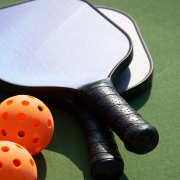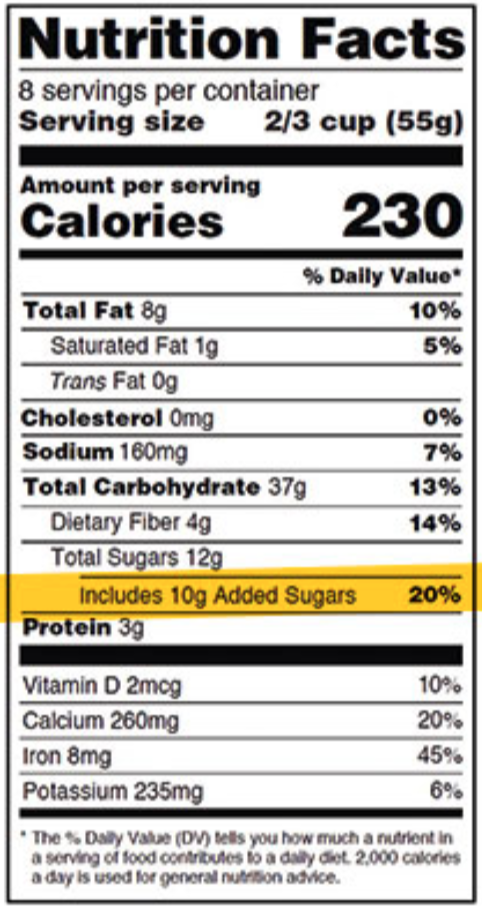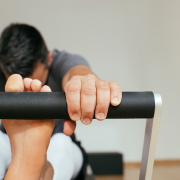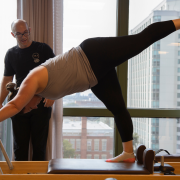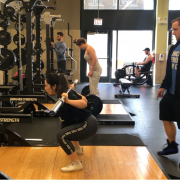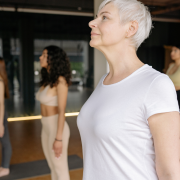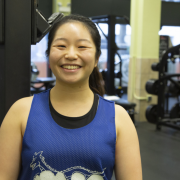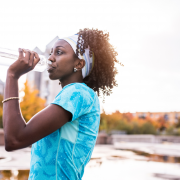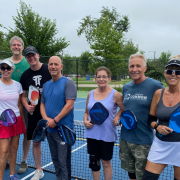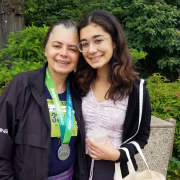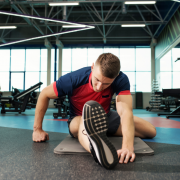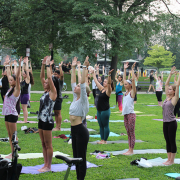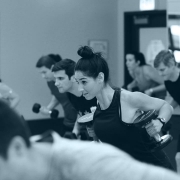How To Play Pickleball: Everything You Need To Know About America’s Fastest Growing Sport
The pickleball craze is sweeping the nation – but what exactly is it, how do you play and why is it beloved by so many? We answer everything you need to know about pickleball below.
What is pickleball?
Pickleball is a raquet sport similar to tennis, ping pong and badminton. Typically played in 2 vs. 2 fashion on a badminton-sized court, players use rectangular paddles to hit a wiffle ball back and forth.
According to USA Pickleball, the sport of pickleball was invented in 1965 on Bainbridge Island, Washington by three fathers – Joel Pritchard, Bill Bell and Barney McCullum – as a way to pass the time with their families. The origin of the name is debated – some say it is named after the Pritchard family dog, Pickles, while others claim the sport’s name is in reference to local pickle boat crew races.
Related: What Is Pickleball? Learn Why This FFC Employee Loves The Sport

Why is pickleball so popular?
If you feel like all of a sudden, everyone is playing pickleball, you’re not wrong. The sport, which celebrated its 57th anniversary in 2022, has grown over 50 percent in the last five years and now has 4.8 million players in the US, according to USA Pickleball.
Several factors play a role in pickleball’s rise in popularity. First, it’s a simple game that is easy to teach and easy to learn. Second, it requires minimal equipment. To play pickleball, you need a net, a paddle and a ball – all of which are easy to transport and set up – and the sport can be played indoors at rec centers and gyms or outdoors on tennis courts or dedicated pickleball courts.
Perhaps the number one reason for pickleball’s growth is that it is a sport enjoyed by all ages. Pickleball courts cover less ground than tennis courts and is typically played in a doubles format, making it more low-impact and more accessible for all ages and fitness levels.
Finally, pickleball is a very social and welcoming sport. To keep things fair and fun, the winning pair usually splits up after the end of a game and new partnerships are formed with other players. If extra folks are waiting to play on the sidelines, they are rotated onto the courts after every game, giving plenty of opportunity to play with new people. Plus, because the court is small, you’ll have plenty of interaction with your partner and the opposing team during the game to make conversation.
Learn the pickleball lingo
Before we dive in to the specifics on how to play pickleball, there are a few terms unique to the sport that you should familiarize yourself with:
- The Kitchen: The Kitchen is the 7 ft rectangular area on both sides of the court closest to the net. Players are not allowed to step into the Kitchen to hit a ball unless the ball bounces inside the Kitchen first.
- Dink: A dink is a pickleball shot that lands in the opposing team’s Kitchen. This is a more challenging shot to return because it forces the opponent to step into the Kitchen.
- Pickled: Don’t get pickled! If your team goes an entire game without scoring a point and loses 11-0, you’ve just been pickled.
- Volley: Any shot where the ball is hit out of the air. Remember, the Kitchen is a no-volley zone.
- ATP: Stands for Around The Post. In pickleball, the ball doesn’t necessarily have to pass directly over the net. It can be returned around the net into your opponent’s court.
- Erne: A move used by experienced pickleballers where you jump over the kitchen into the sidelines to return a ball.
How to play pickleball
Ready to give pickleball a try? Check out our video series on How To Play Pickleball below to familiarize yourself with the rules.
The Basics
The highlights:
- To play pickleball, you will need a a court, net, paddle made out of composite or wood, and a pickleball.
- The game is typically played to 11 points.
- When you play pickleball at FFC, we provide all of the equipment needed to play.
Serving
The highlights:
- When you are serving, you serve cross court, and it must land in the service box.
- Serving must be done underhand; you cannot serve overhand in pickleball. There are two serving options: a drop serve and a serve out of the air.
- The two bounce rule: in pickleball, the team that is receiving the serve must let the ball bounce before returning it AND the team that served must let the ball bounce on their first return.
The Kitchen
The highlights:
- The area in front of the net on both sides of the court is called the Kitchen.
- Players cannot step into the kitchen during play UNLESS the ball bounces in the Kitchen first.
- If you do step into the Kitchen when the ball has not bounced in the Kitchen, it is a rules violation and you either lose your serve or you lose the point, depending on which team is serving.
- The ball cannot land in the Kitchen when you are serving. If your serve lands in the Kitchen or on the Kitchen line, the serve does not count.
Playing At The Net
The highlights:
- Playing as close to the net as you can without stepping into the Kitchen gives you a great advantage in pickleball.
- When you are playing at the net, you can hit a dink to your opponent (a shot that lands in the kitchen). Your opponent will have to step into the Kitchen to return the ball, and if they return the ball too high, that gives you the opportunity to hit a shot that wins the point.
Scoring
The highlights:
- When playing doubles (2 vs. 2), you get two services per side – not including the first service.
- On the first service of the game, you only get one chance to serve the ball in bounds.
- When serving, the first service always goes to the player on the right hand side of the court. That player will serve (switching sides of the court after every point) until their team loses the point. Then, the other teammate will serve, until their team loses the point.
- Before every serve, players must announce the score. The score is announced by stating your team’s score, your opponent’s score and what service you are on. For example, if you are serving, your team is winning 2-1, and you are the first person serving on your team, you would say 2-1-1. The third number indicates that you are the first server on your team. Once it is your teammates turn to serve, they would announce 2-1-2 as the score.
Now that you’re all up to speed on how to play pickleball, join us at FFC for Pickleball Open Play, lessons, tournaments and more! Contact your local club for more information on our pickleball offerings.

Post written by FFC Contributor Natalie Casper.

